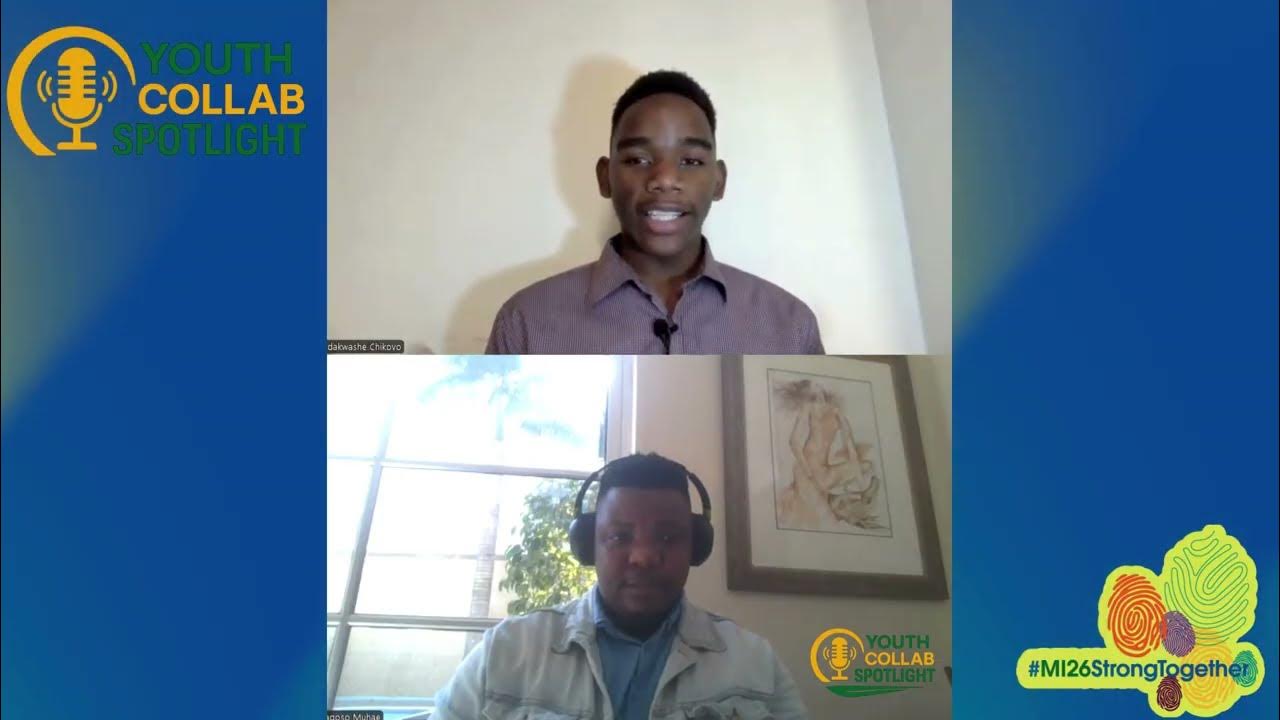La minería y los relaves: ¿Cómo reducir su impacto en las cuencas de agua? | LR+ Economía
Summary
TLDRIn this episode of LR Más, the focus is on the environmental impact of wastewater and tailings from the mining industry in Peru. Enrique Ames, an expert in water treatment and mining tailings, discusses the challenges posed by contaminated waters, particularly from illegal and artisanal mining. He emphasizes the importance of technology in treating these waters and preventing contamination of key water sources like the Rímac River. The conversation also touches on government oversight, the responsibility of mining companies, and the need for stricter controls to protect Peru's natural resources and public health.
Takeaways
- 😀 The podcast discusses the environmental impact of mining activities, specifically the treatment of wastewater and mine tailings.
- 😀 Enrique Ames, an expert in wastewater and mine tailings treatment, is featured in the discussion.
- 😀 Mining wastewater, especially from artisanal and illegal mining, is a significant environmental concern in Peru, especially in regions like Madre de Dios.
- 😀 Legal and formal mining operations in Peru generally comply with national and international environmental standards, including water treatment.
- 😀 However, illegal and informal mining, such as in the case of small-scale gold extraction, continues to pose severe environmental risks due to the use of harmful substances like mercury.
- 😀 The podcast highlights the importance of treating acidic mine drainage and tailings to prevent contamination of river systems, particularly in areas like the Rímac and Santa Eulalia rivers.
- 😀 The state is criticized for not adequately supervising small-scale mining operations, which contributes to environmental degradation.
- 😀 The potential risks associated with the Tamoraque mine, near the Rímac River, are discussed, including the possibility of a catastrophic disaster if an earthquake causes the tailings to be released into the river.
- 😀 There are suggestions that technology exists to treat and transfer mine tailings safely, but the lack of political will and proper enforcement of regulations hampers progress.
- 😀 The interview stresses the need for greater responsibility from both the state and mining companies, and the importance of implementing more sustainable mining practices to protect water sources and public health.
Q & A
What is the main focus of the podcast episode?
-The podcast episode focuses on the environmental concerns related to mining activities in Peru, specifically the contamination caused by mining tailings and untreated wastewater, which affects water resources.
Who is Enrique Ames and what is his expertise?
-Enrique Ames is an expert in wastewater and tailings management. He provides insights into the environmental impacts of mining operations, particularly the dangers posed by untreated mining wastewater.
What are mining tailings, and why are they a problem?
-Mining tailings are the waste materials left over after extracting valuable minerals from ores. They often contain harmful chemicals and metals that can pollute water sources and ecosystems when not properly managed.
What is the difference between large-scale mining companies and informal mining operations regarding environmental impact?
-Large-scale mining companies generally follow national and international regulations to manage environmental impact, while informal or illegal mining operations often lack the resources or technology to properly treat wastewater, leading to significant environmental damage.
What are some of the key regions in Peru affected by mining contamination?
-Regions like Tamboraque and areas near the Rímac and Santa Eulalia rivers are particularly affected by mining contamination. These areas suffer from the discharge of untreated mining wastewater into vital water sources.
How does illegal mining contribute to water contamination in Peru?
-Illegal mining contributes to water contamination by discharging untreated wastewater directly into rivers, often using harmful chemicals like mercury that pollute water and harm aquatic life.
What technologies exist to manage mining wastewater, and how can they help?
-Technologies such as wastewater treatment systems and tailings management techniques can help mitigate the environmental impact of mining. These technologies can treat contaminated water before it is released into the environment, reducing pollution.
What role does the Peruvian government play in managing mining contamination?
-The Peruvian government is responsible for enforcing environmental regulations and overseeing mining operations. However, the podcast suggests that there is a need for better enforcement, especially in dealing with informal mining practices.
What are the consequences of not properly managing mining tailings and wastewater?
-Improper management of mining tailings and wastewater can lead to severe environmental damage, including water contamination, destruction of ecosystems, and health risks for local communities who rely on these water sources.
What is the call to action at the end of the podcast?
-The podcast calls for increased investment in environmental protection measures, improved regulation of illegal mining, and the implementation of technologies that can safely treat mining wastewater to protect the environment and public health.
Outlines

This section is available to paid users only. Please upgrade to access this part.
Upgrade NowMindmap

This section is available to paid users only. Please upgrade to access this part.
Upgrade NowKeywords

This section is available to paid users only. Please upgrade to access this part.
Upgrade NowHighlights

This section is available to paid users only. Please upgrade to access this part.
Upgrade NowTranscripts

This section is available to paid users only. Please upgrade to access this part.
Upgrade NowBrowse More Related Video

About the Alberta Oil Sands

Mining

Ep 2: Young Engineer, Big Projects: Fragoso Muhae (Studies & Projects Coordinator, Vulcan)

KRENOVA JATENG 2023: Teknologi Tepat Guna Alat Filtrasi Limbah Batik Kutawaru Cilacap_FlyAsh

PENGOLAHAN LIMBAH CAIR AGROINDUSTRI GULA - METODE FISIKA BIOLOGI

A Tour of Alberta's Oil Sands Miners — Course Preview
5.0 / 5 (0 votes)